Search results for 'i'
-
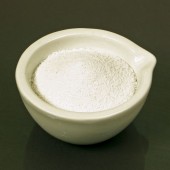
Marble Dust
Starting at: £4.70
-
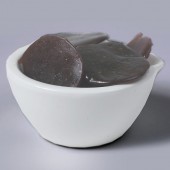
Button Shellac
Starting at: £8.40
-

Glass Dropper
Starting at: £1.40
-
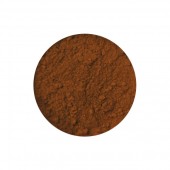
Translucent Yellow Oxide Pigment
Starting at: £7.00
-
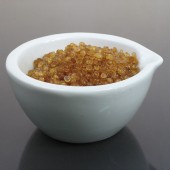
Pearl Glue
Starting at: £6.50
-
![Roberson Glass muller, medium (7 cm) and small (5 cm) [without logo]](https://www.cornelissen.com/media/catalog/product/cache/1/small_image/170x/9df78eab33525d08d6e5fb8d27136e95/i/m/img-6584.jpg)
Roberson Glass Mullers
Starting at: £25.00
-
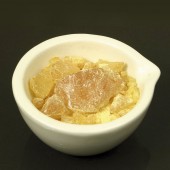
Colophony
Starting at: £7.30
-

Gum Sandarac
Starting at: £8.60
-
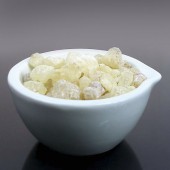
Gum Damar
Starting at: £10.00
-
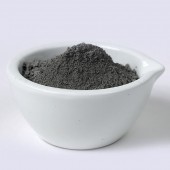
Rottenstone Grey
Starting at: £7.00
-
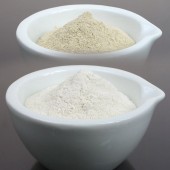
Gum Tragacanth
Starting at: £20.00
Call to Order
-
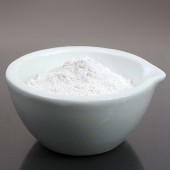
French Chalk
Starting at: £5.50
-
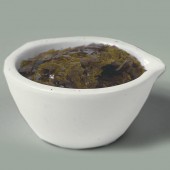
Clear Dewaxed Shellac
Starting at: £9.20
-
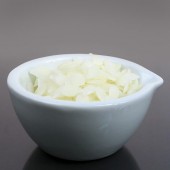
Bleached Beeswax
Starting at: £12.30
-
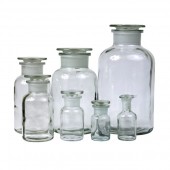
Reagent Jar
Starting at: £6.50
-
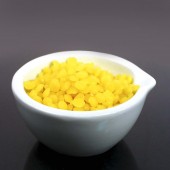
Natural Beeswax
Starting at: £11.20
-
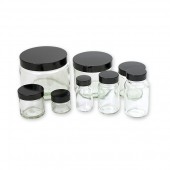
Squat & Powder Jars
Starting at: £0.75
-
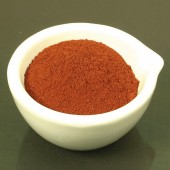
Dragon's Blood Powder
Starting at: £28.10
-
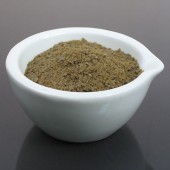
Carnauba Wax Grey
Starting at: £8.40
-
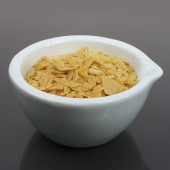
Carnauba Wax Yellow
Starting at: £6.50
-

Empty Watercolour Pans
Starting at: £0.60
-

Cinnabar Pigment
Starting at: £16.00
Call to Order
-
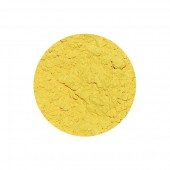
Litharge Pigment
Starting at: £8.00
Call to Order
-
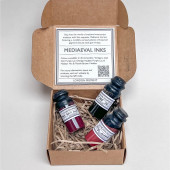
London Pigment, Mediaeval Inks Set, 2
£35.00Call to Order
-
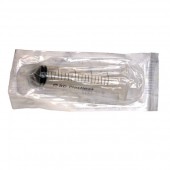
Syringe
Starting at: £1.20
Call to Order
-
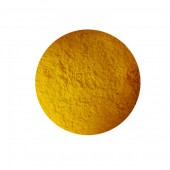
Orpiment Pigment
Starting at: £12.75
Call to Order
-
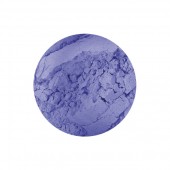
Lapis Lazuli Pigment
Call to Order
-
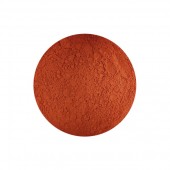
Vermilion Genuine Pigment
Starting at: £17.00
Call to Order
-

Schmincke Mussini Lapis Lazuli Limited Edition 15 ml
£30.00Call to Order
-
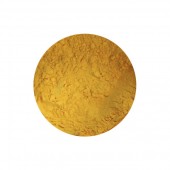
Lead Tin Yellow Dark Pigment
Starting at: £4.80
Call to Order





